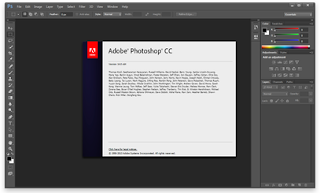Week 4: MedTech + Art

From my observed experiences with medical ailments, I used to only think of medical technologies as instruments being involved in the diagnostic and treatment process. After this listening to this week's lecture and combing through this week's material, I realized that medical technologies' products can be considered art. As mentioned in Professor Vesna's lecture, Wilhelm Rontgen's development of the x-ray can be consider a work of art because it takes photographs of the body, with these photographs being utilized for diagnostic purposes like when I get x-rays at the dentist's. Other technologies allow us to see what's going in the body at a microscopic level, allowing us to see the body in a truly beautiful way. https://www.radiologyinfo.org/gallery-items/images/bone-xray-hands.jpg Professor Vesna also spoke in detail about how artists wanted to utilize medical technology to create art, a diametrically opposing common perception of medical technolog...



